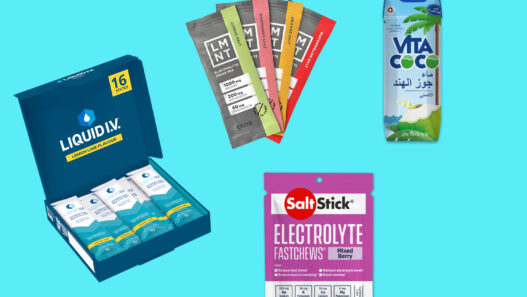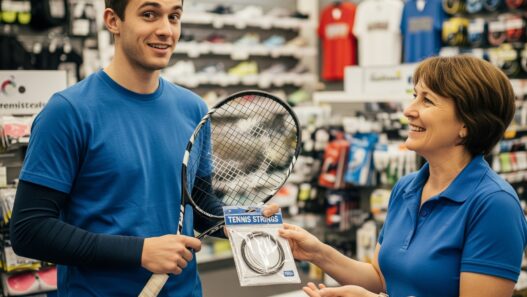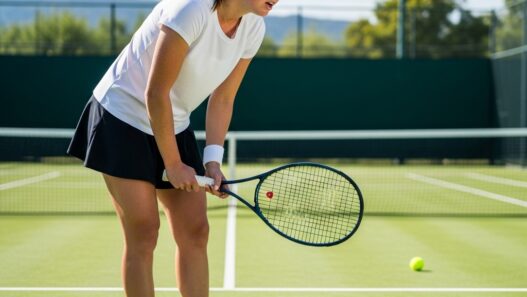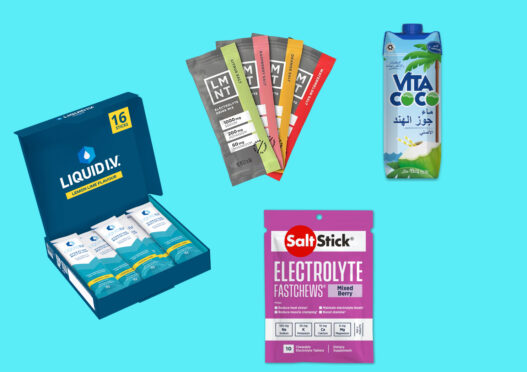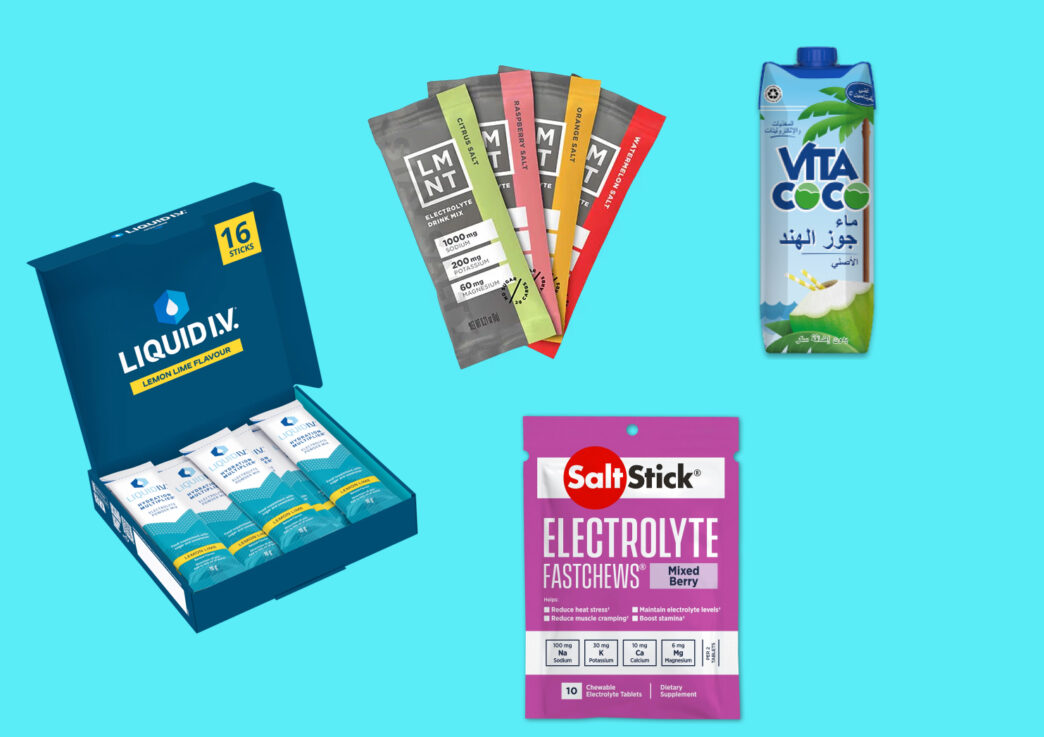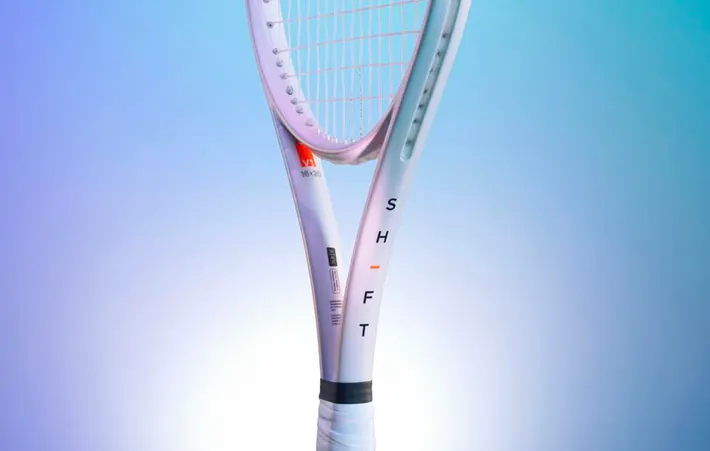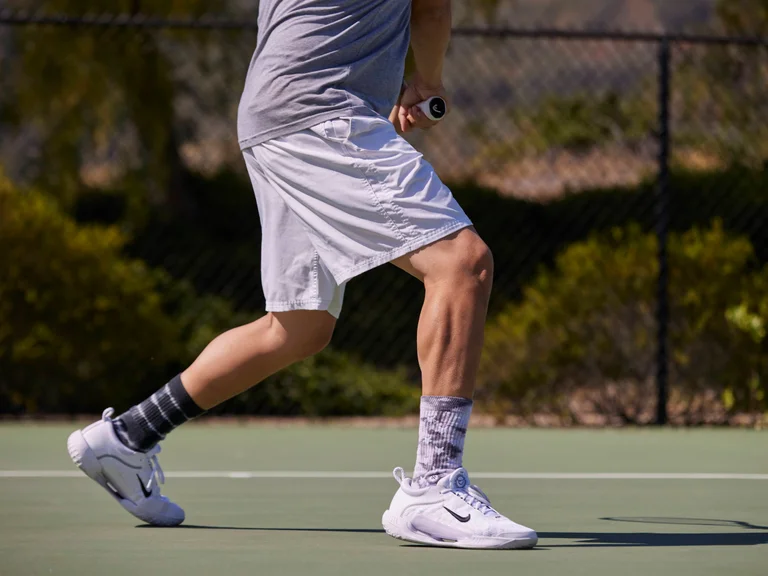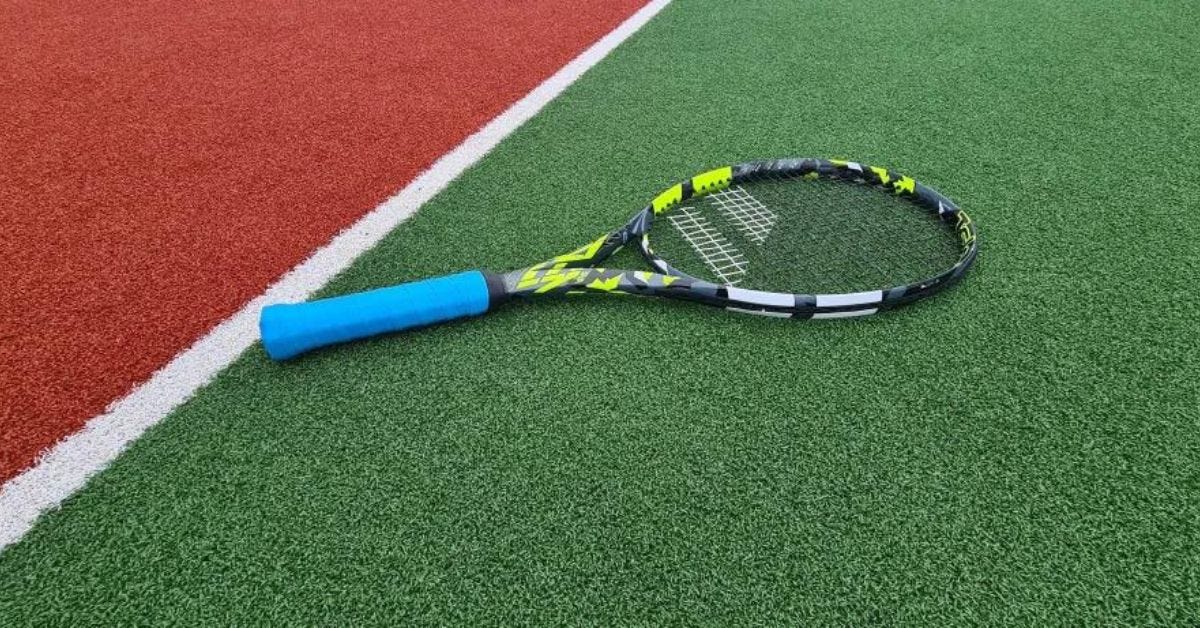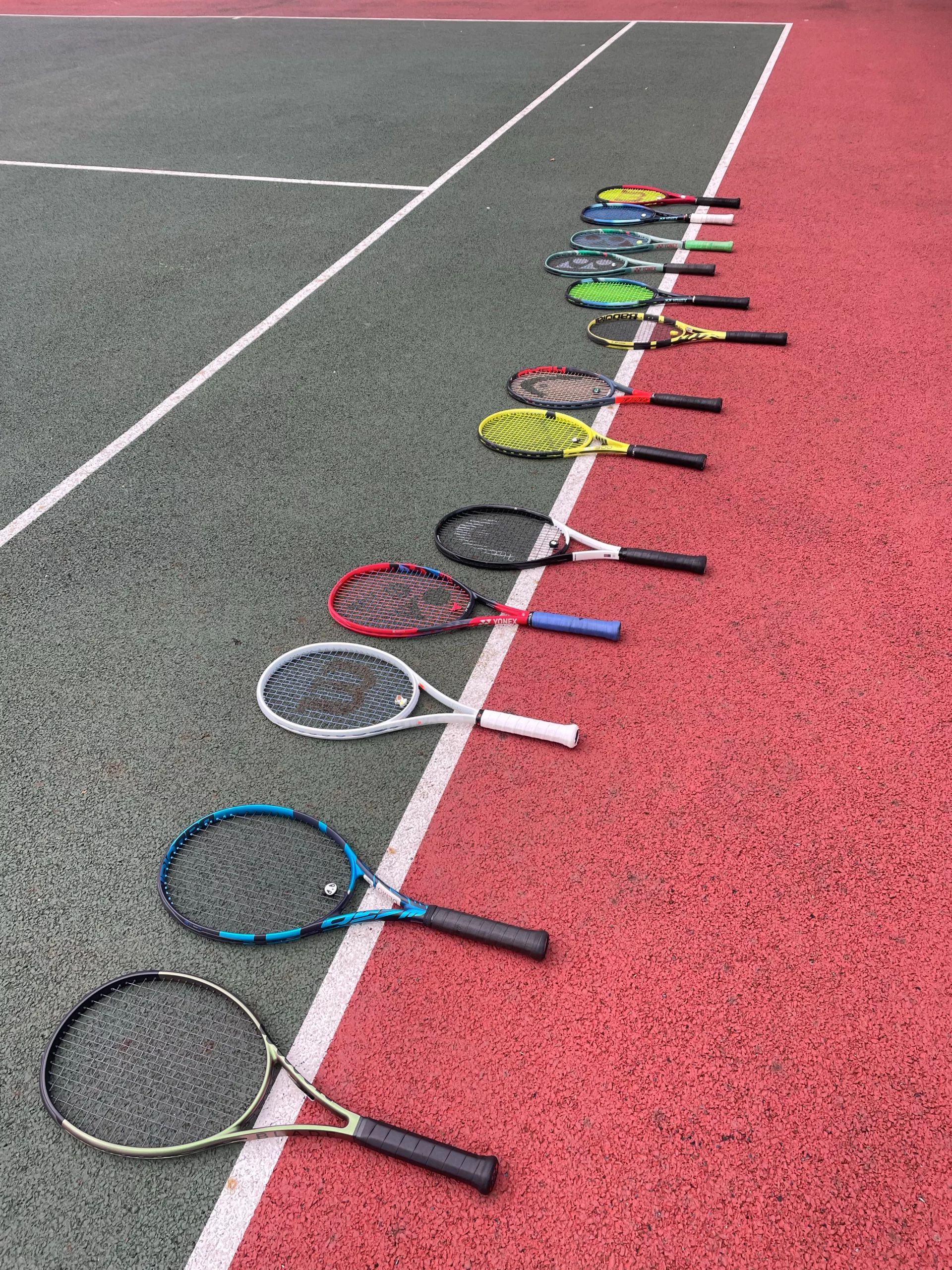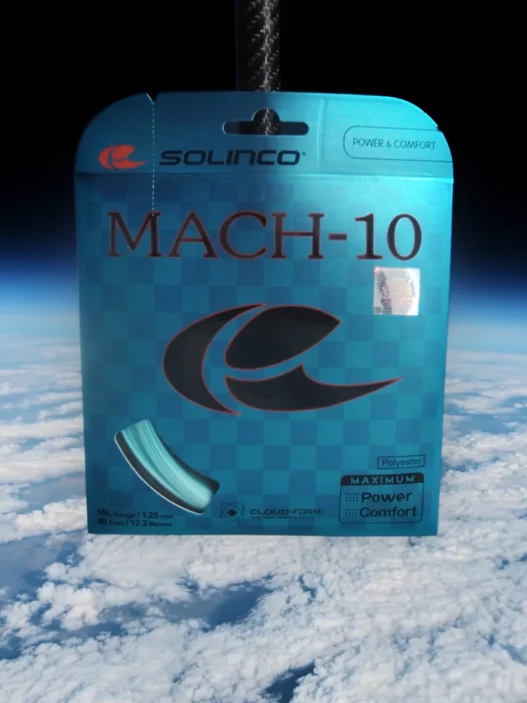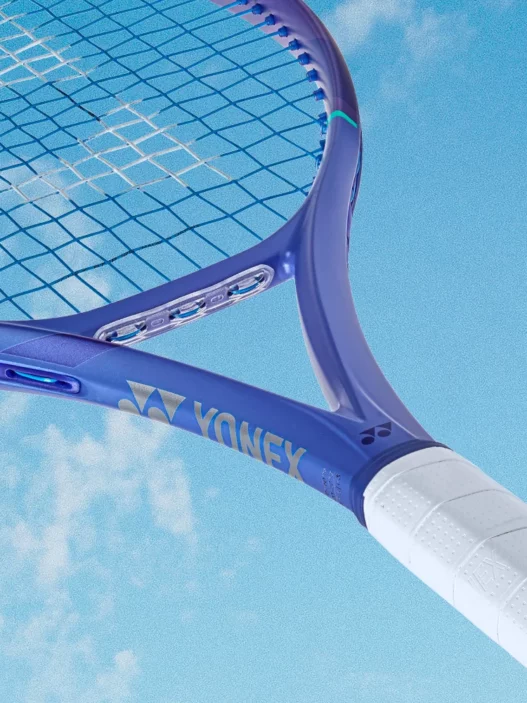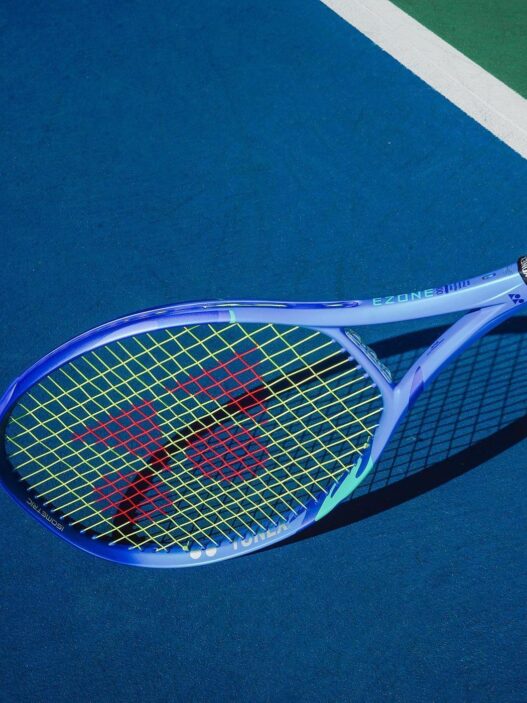There’s nothing glamorous about bonking mid-match, or watching your hand tremble with the warning signs of a cramp during a third-set tiebreak. It’s the reality of pushing your body in heat, humidity, or just the grind of a hard session. And despite the best-laid hydration plans, many tennis players still underestimate how critical electrolytes are to staying sharp and cramp-free on court.
But not all electrolytes are created equal — and in 2025, the choices have multiplied. Sugar-free? Carbonated? Chewable? DIY pickle juice? What used to be Gatorade-or-bust has exploded into a dizzying menu of hydration options. So what are players actually using?
Let’s break down what’s in the water bottles of real, active tennis players today — from the purists to the flavor chasers, and everyone in between.
The LMNT Crowd: All Salt, No Sugar
One of the most polarizing choices right now is LMNT, a salty, sugar-free electrolyte drink mix that packs a punch with over 1,000 mg of sodium per packet. It’s favored by players who sweat heavily, cramp often, or are practicing under extreme conditions.
LMNT doesn’t try to hide the salt — it embraces it. The taste is divisive. Some players love the aggressively salty flavors like citrus and watermelon, while others call them “nasty.” Still, many admit it’s one of the most effective options for replenishing sodium lost in sweat without spiking insulin or relying on sugar. If you play in hot weather or regularly go deep into long matches, this might be the secret weapon you didn’t know you needed.
The Liquid I.V. Loyalists: Sugar, But Make It Functional
Liquid I.V. continues to be a go-to for players looking for fast hydration with a smoother taste and some bonus glucose. While some criticize its sugar content (11g per stick), others swear by its energy delivery and broader appeal. There are also sugar-free versions now, which taste milder but still include sodium, potassium, and glucose transport technologies to accelerate hydration.
Players who like Liquid I.V. tend to value ease of access — it’s stocked in most grocery stores and gas stations — and say it hits the spot during tournament days when you don’t have time to prep anything fancy. The flavor range is broad, and the electrolyte profile works well for moderate to heavy sweaters.
The Old-School Options: Nuun, SaltStick & Pickle Juice
For those who prefer a pill or tablet to avoid sugary drinks, SaltStick and Nuun continue to be reliable favorites. Nuun tablets dissolve into water with a light fizz and offer a balanced blend of sodium, potassium, and magnesium. They’re travel-friendly, easy on the stomach, and now come in a variety of formulations — including “Nuun Sport” and “Nuun Endurance.”
SaltStick offers both capsules and chewables, ideal for players who need precision or want to avoid flavor fatigue mid-match. Many users take them before a match, during changeovers, or at the first sign of a cramp.
Then there’s the wildcard: pickle juice. A cult favorite, it’s making a comeback in 2025. It’s not just folklore — the sodium and vinegar trigger a neural reflex that can shut down cramping within minutes. Some players even swear by brands like Suckerpunch or make their own brine. It may not win taste tests, but few things work faster when your calves start to seize.
The DIY & Whole Food Approach
Others are ditching commercial products entirely. Coconut water, dates, bananas, and homemade mixes of sea salt, lemon juice, and honey are popular among the clean-eating crowd. A surprising number of players are also adding small amounts of cream of tartar to water for potassium, and trace mineral drops like 40,000 Volts for a complete spectrum of electrolytes.
One player swears by a mixture of grapefruit juice and water — dubbed “The Golfer” — while others recommend cherry or cranberry juice diluted with water and poured over ice. These concoctions might not have precise dosing, but they work for players who value taste, simplicity, and avoiding synthetic ingredients.
The Verdict: Personalization Is Key
There’s no one-size-fits-all when it comes to electrolytes. What works depends on how much you sweat, your climate, your diet, and how your body responds to sugar, sodium, and minerals. The most consistent advice? Don’t wait until you’re cramping — start hydrating before you even pick up your racquet.
Try different options in practice. Note how you feel. Keep backups in your bag. And remember: the best electrolyte solution is the one you’ll actually use, match after match.
Whether it’s a super-salty LMNT packet, a fizzy Nuun tablet, or a swig of homemade pickle brine, today’s tennis players have more ways than ever to stay hydrated and cramp-free. Just make sure what’s in your bottle is doing more than just wetting your tongue — it should be fueling your game.






